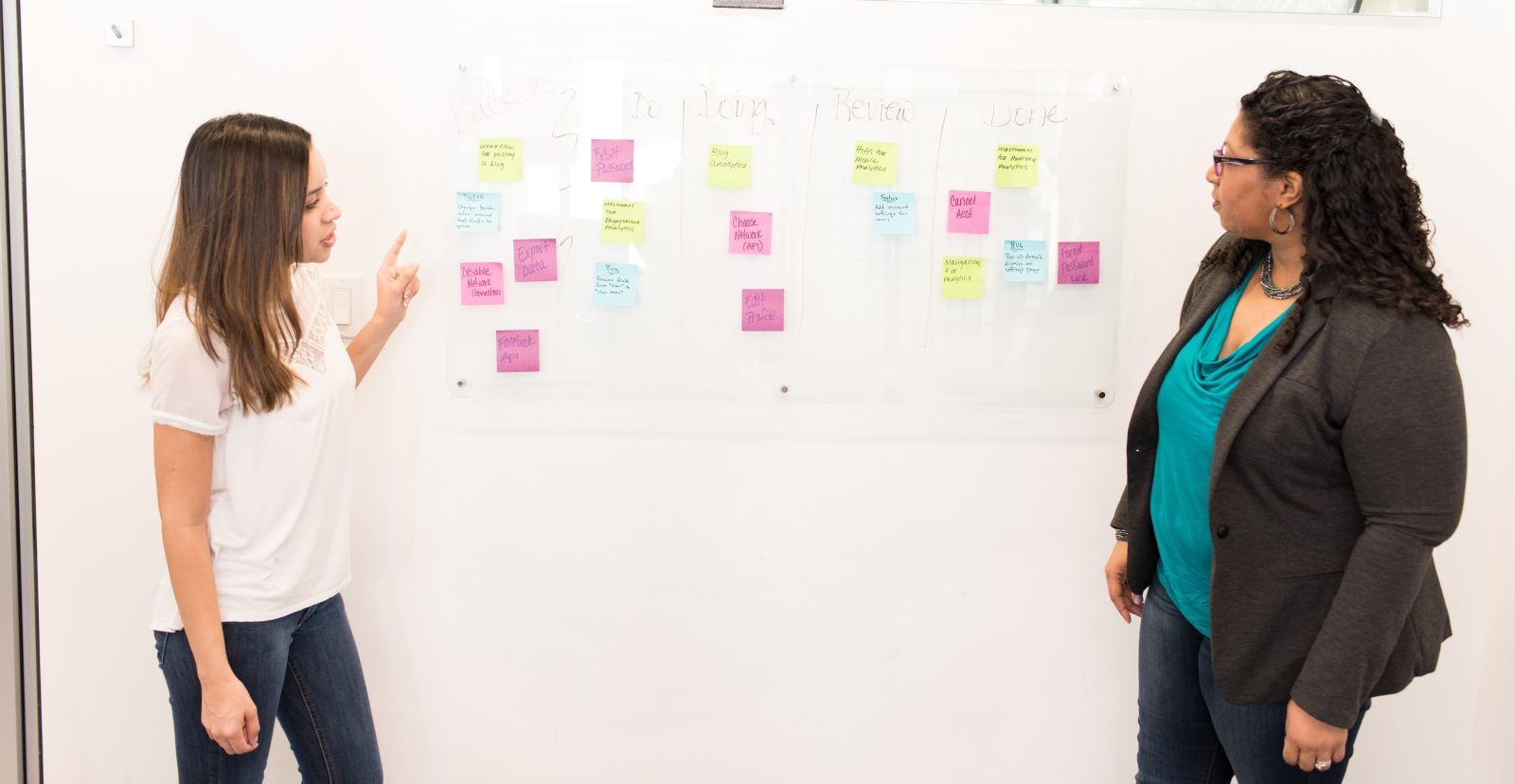There is no set blueprint that will work for every apprenticeship program. There are too many factors that vary from different industries and businesses; however, that doesn’t mean there aren’t certain qualities that need to be kept in mind to ensure that your apprenticeship program is successful.
Structure and Curriculum
The structure of an apprenticeship program refers to the amount of formal versus practical learning in a program as well as the qualifications for program completion. A lot of the deciding factors for this come from a variety of elements, including how skilled or dangerous positions may be, as well as who your target apprentices are.
For example, let’s look at the Siemens US apprenticeship program. Their target apprentices are students who are about to graduate from high school. Their apprenticeship program is on a time-based model, meaning that apprentices must complete a certain amount of hours training rather than pass a practical skill test. This allows their apprenticeship to be tied to a degree program at a local community college, and integrate itself well into their academic calendar. This leads their apprentices to get a balanced 1600 hours of formal classroom learning and 6400 hours of on-the-job training over a period of four years.
Siemens also believes that the four year program allows for their apprentices to take time to mature, both professionally and personally. Since all Siemen Apprentices are required to have the same training, the four-year time frame also allows for apprentices to learn together and create bonds that carry over to their full-time positions, creating a unique support structure and positive company culture.
Experience and Context
Whether or not an apprentice has a positive experience with their program directly impacts if they see a future with their company. But what makes a positive experience?
Many apprentices are enrolled in programs because they are looking to break into new careers as well as develop new skills. Being able to experience that growth firsthand is essential in showing that they do have a future and opportunities within an organization. CVS Health’s apprenticeship program is a competency based program which directly moves apprentices up positions once they have the required skill set. Over the course of 12-18 months CVS apprentices will slowly move up positions from a pharmacy technician trainee to lead technician throughout their learning.
On top of training for skills that relate directly to their position, such as how to cover prescription pickups, intake, and entry, CVS also makes an effort to teach their apprentices soft skills, such as leadership and customer service. This demonstrates that their apprentices are not being trained for a single purpose and that they will have numerous opportunities within a business.
Mentorship and Support
It should not be news that strong mentorship is the key to success when it comes to apprenticeship programs. But it’s not as simple as providing a mentor to an apprentice and then setting them to work. Many apprentices need proper support to bring them to the point where they are ready to be brought on as a full-time employee.
Many companies such as CVS Health and Dr. Schneider Automotive Systems hold a “pre-apprenticeship program.” This smaller program trains applicants in skills required for the apprenticeship program and is used for promising applicants who may not be ready for the full program. This is also used as a method to help apprentices who may come from underprivileged backgrounds prepare themselves for intensive multi-year learning structures. Dr. Schneider Automotive Systems goes the extra mile and employs a virtual adapting learning aid to help their apprentices learn at their own pace.
Another crucial support factor is a clear channel of communication with mentors and other leaders. Many apprentices are inexperienced, and unfamiliar with professional communication channels. This prevents miscommunications and in many cases allows for apprentices to have a clear picture of upcoming projects, expectations, and deadlines.
Tools and Technology
To ensure success for your apprenticeship program, there are many tools and technologies to bolster your apprenticeship framework. Whether it’s virtual learning aids to assist students in classroom learning, or messaging platforms to make sure that there is no miscommunications. The correct tools can be make or break for a program in regards to an apprentices experience within a program.
Symba is an all-in-one digital platform that helps organizations streamline the management of their talent development programs, including internships, apprenticeships, mentorships, fellowships, and more.
We would love to help make your apprenticeship program a success, feel free to request a demo and get in touch!





